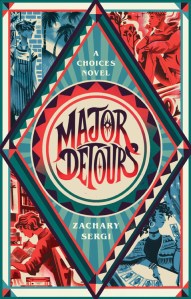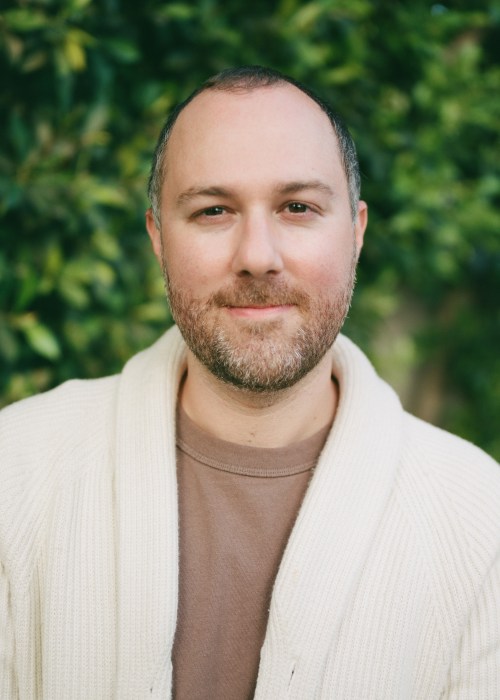How to Get Started with Tarot Cards

I’ll never forget the first time my tarot cards were read. I was sitting by a beloved family vacation lake with my long-time friend Rosa, when she insisted on reading my cards. I was hesitant—I thought I didn’t want to mess with that kind of “chaotic” energy. Thank empress Rosa persisted.
The moment I laid eyes on Rosa’s chosen deck—Vanessa Decort’s Sun and Moon Tarot—I was captivated. I’m a lifelong lover of superhero comics and mythological pantheons (for me they are iterations of the same worlds in different times, modern and ancient) and here were gorgeously drawn cards full of elegant dynamism and mythic symbology. On top of that, Rosa’s reading style was so insightful and supportive; I needed to know more about the tarot (aka I needed to know everything, nerd I remain).
Thus began a research process that eventually led to the writing of my YA novel, Major Detours. But how that novel came to be is a different story—the one I’m telling here is how I went from zero to tarot hero, and how you can, too!
I spent years accumulating decks and guidebooks, cross-referencing interpretations to build a database of each card’s core meaning. I didn’t ever plan to read tarot cards myself—I treated this like a research project, since I was creating an original tarot mythology for a fictional cult-following artist in Major Detours. However, I eventually became comfortable enough to do some impromptu readings for the plot of the book. Most of the tarot readings that take place in Major Detours resulted from shuffling and pulling cards, wherever it was possible.
This is what makes the tarot a unique tool: it facilitates deep conversations and revelations using its imagery. It opens us up to seeing things—in ourselves, in others, in fiction—we might otherwise miss. So once Major Detours was complete, I decided I needed to teach myself how to do more tarot readings. The following is my cheat sheet on how you too can read (and skip the years of exhaustive research).
- Let’s Get Philosophical
I think the most common misconception about the tarot is that it’s a gimmicky party trick to predict the future. Sure, the tarot can be fun that way—but that’s only scratching the surface. My own philosophy about the tarot, derived largely from The Essential Guide to Tarot by David Fontana, can best be summed up in this passage from Major Detours:
“These cards have nothing to do with predicting the future. The tarot’s true power resides in using ancient symbols, drawn from every corner of history and mythology, to unlock the secrets we keep from ourselves. You see, a chance drawing of cards is meaningful not in what the symbols predict, but in the personal reflections you find in them.” –Gran Flo
Each person must enter a tarot reading with their own fundamental philosophy and intention sorted, but I believe this should always reflect this core sentiment: tarot readings are about active therapy, not passive listening. Once your individual philosophy is set, the next step is setting a specific intention for each specific reading, a question that needs discussing, or maybe a goal that needs reaching.
- Configure It Out
Next, you need to find an organic reading style. I decided my style is best suited for an adapted version of the Celtic Cross. Maybe your style is just pulling one card (a concise snapshot) or three cards (past, present, future), or maybe your style means you only use the Major Arcana, or the Minor Arcana, or some subset of specific cards. The point is, do what feels instinctually correct and not overwhelming. Reading tarot cards is not about being right or wrong—it’s about posing interesting considerations and guiding the ensuing conversation. Whether that conversation is with another person, for an artistic project, or with a spiritual source (like prayer), it’s all about the flow and exchange of ideas—what occurs to you is what matters, not your working knowledge of the cards or a layout.
- All Decked Out
There are now thousands of decks to choose from, so be sure to buy one for yourself (forget the deck-must-be-gifted gatekeeper nonsense) that you feel most drawn to and joyous about. One of my own favorite decks features the cast of Friends (it’s actually quite spot-on symbolically and has lots of funny references from the show). Don’t get too in-your-head about proving anything with your deck—go with your gut and fall in love with your deck’s art. Some of my absolute favorites are the aforementioned Sun and Moon Tarot by Vanessa Decort, Tarot of the Divine by Yoshi Yoshitani, and The Fountain Tarot by Jonathan Saiz, Jason Gruhl and Andi Torado.
Now, the hardest part—knowing the card meanings. Nearly every deck comes with an accompanying guide, but if not, there are dozens of guides out there (including David Fontana’s). My biggest advice is to not get precious about memorizing the card meanings—who has time or bandwidth for that? I’ve researched the cards for years and I still don’t have them all down. While reading, feel free to use a guidebook to help facilitate conversations, focusing on what you’re drawn to and what feels relevant in each card. Don’t get overwhelmed with “getting it right” or interpreting every potential symbol/meaning. Again, there’s no wrong reading, only what reading feels right for you in the moment.
You might eventually want to synthesize your own favorite interpretations of the cards. I use my own synthesis as a guide while reading (and while writing Major Detours). There are lots of fun journals out there, so get crafty on it, if that’s your jam! I’d also encourage you to stay away from overly negative interpretations of the cards. In tarot (like in life), pain and loss are inevitable, but both remain our sharpest tools for grace and growth. For example, the “dreaded” Death card can really be about discarding old ways that no longer serve us to be reborn anew; the “ominous” Tower card has flames and lightning to destroy what’s not working, then light the way forward.
- The Specifically Universal
It’s no secret, in writing or life—or the tarot—that the granularly specific often can apply most universally. So, I encourage you to get as personal and individual with your tarot practice as possible. Maybe you read for friends and family. Maybe you read on social media. Maybe you read just for yourself, to solve a problem, to meditate, or to pray. Plenty of people pull one tarot card a day to get in touch with their intentions and open themselves up to the potentially unseen. Hey, I read cards for the first time for my debut novel. There’s a unique beauty in the tarot’s structure and intention meeting grace and flow—allowing for some randomness in the order, some control in the chaos. Tarot is all about duality and balance, and the realization that things seeming diametrically opposed are really just two sides of the same coin.
I’m so excited for your tarot adventure to begin! I’d love to see how you do. Send me some tarot vibes @zacharysergi on Twitter or @zacharysergiwriter on Instagram. And if you’re curious, I did tarot readings in Major Detours for Chapters Three, Six, Eleven and Twelve. In particular, the one pull that freaked me out most was for Chapter Eleven: the Three of Swords, which often stands for a broken heart—if you’ve read the novel, you’ll understand why that’s so spooky!
Happy reading!
One of PopSugar's Best New YA Books Released in September
Choose your path forward in this mystical interactive YA about the powers of friendship, self-discovery, and tarot.
It's the summer before college and four best friends—Amelia, Chase, Cleo, and Logan—are on the first leg of their road trip inspired by the unique tarot deck that Amelia inherited from her grandmother. However, their trip full of visiting occult shops, bonding and sightseeing, takes a major detour as the friends discover that their tarot deck is more valuable—and coveted—than they could've ever imagined. As the friends race to finish this mystical scavenger-hunt across the West coast and uncover the mysteries of their tarot deck, it is you who will decide where to go next and how the story will end. With four possible final and romantic endings, you will get to make actual choices to further the friends’ road trip adventure in this unique interactive novel.
Will you uncover the mysteries of the tarot deck and the legacy left behind? Will you help Amelia and Chase learn and grow? And will you unravel the secrets these friends keep from each other—and from themselves?






